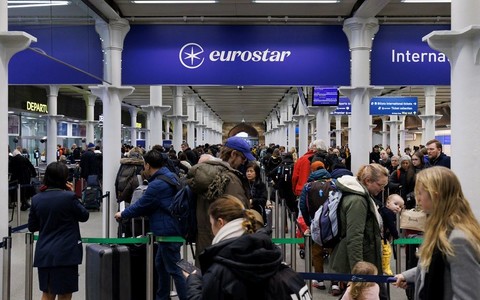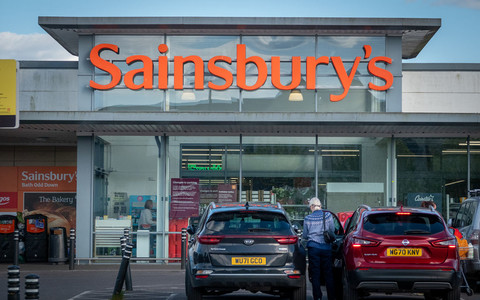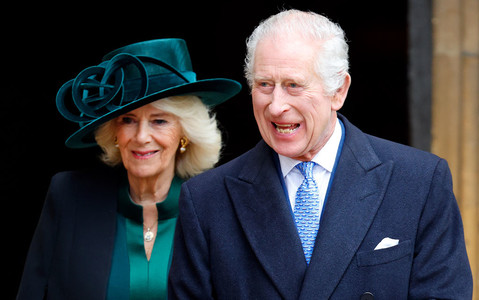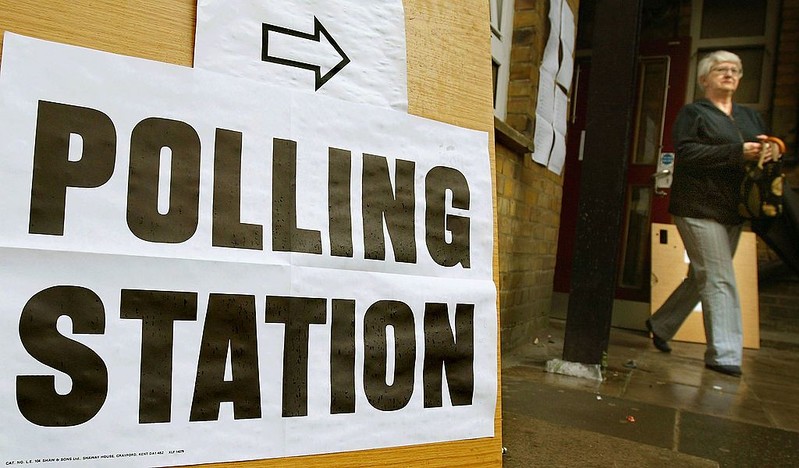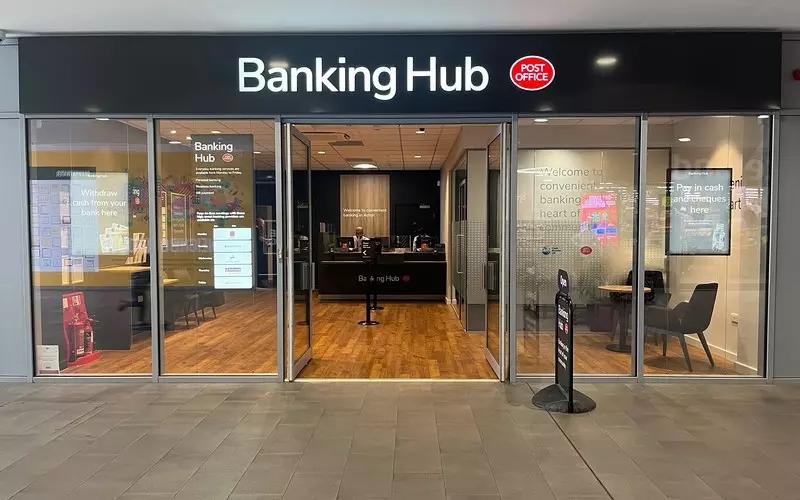Found in Poland: Blok by blok
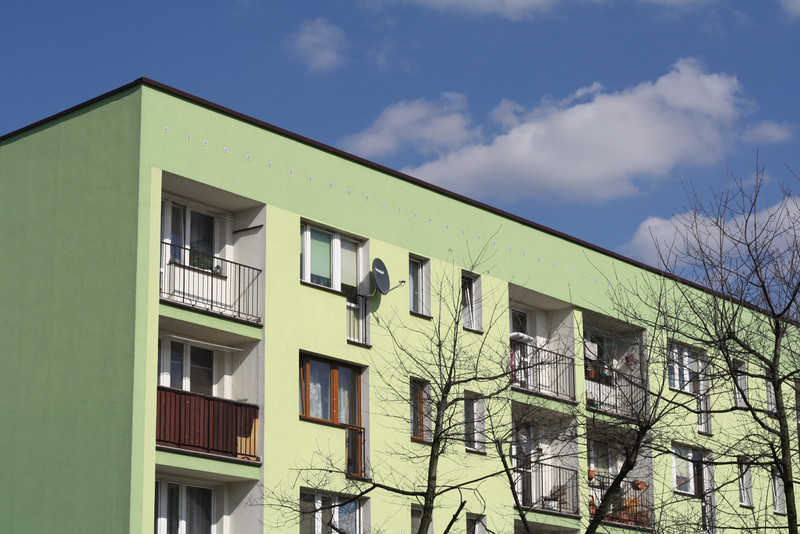
I want to dispel myths about Poland as a grey and characterless country. In this blog you will see a place of colour, rich history and diversity. But wherever you go here, it’s hard to deny that apartment towers dominate the urban landscapes. They come in every colour, shape and height, from the common four and five-storey blocks to high-rise giants.

Apartments in central Katowice.
After the extensive damage caused by the First World War, like many European countries Poland was in desperate need of cheap and sanitary accommodation that would house its growing urban population.
During a 1933 international conference ‘CIAM’ – exotically hosted on board a ship travelling from Marseille to Athens- brought together architecture and urban planning leaders from all over Europe, including Poland. They agreed on ground-breaking guidelines to address the rapidly changing housing needs in cities. Occasionally Polish language delivers a simple and recognisable word: the ‘blok’ (‘mieszkanie w bloku’) was born.

An apartment in Chrzanow.
The need for these buildings would only grow over the next decades. Around 300,000 buildings were badly damaged or destroyed in the Second World War (Central Statistical Office). The birth rate was high and a huge push for urbanisation and industrialisation all contributed to a huge demand for new housing.
A whopping 7 million apartment blocks were built in Poland between 1945 and 1988 (Adam Mickiewicz Institute) and still around a third of the population, myself included, live in such buildings. In cities, this figure often rises to 70-80%. Like in many parts of central and eastern Europe, innovative solutions have been found to modernise their external appearance and to help them blend into the urban landscape.
Unsurprisingly, the blok has also become associated with other social phenomena. In the 1990s the term ‘blokersach’ or ‘blokersi’ was coined by journalists to describe frustrated young people for whom the ‘blok’ was the central focus of their social lives, often with links to drug or violence problems.

Monument of Freedom and Victory (1971) on Tysiąclecie Square and blocks of Osiedle Północ.
However this isn’t representative of the typical apartment community for the many million households living in these buildings. They seem typically to be quiet, well organised places inhabited by families, rap-loving blue collar workers, young professionals and pensioners. I have met a highly respected medical professor living in one of Katowice’s towers – it’s his much loved and long-term home. Here there is typically less snobbery around apartment living, although I think the prestige of owning a detached house is growing.

"Piast" coal mine in Bieruń.
My experience of living in such a building is generally positive: connected to district heating (hot water piped directly around the city) and with good insulation my apartment rarely felt cold even during the depths of sub-zero winter. Like in every city, a central office manages each building and invests to some degree in upgrades of the utilities and building upkeep. The paint may be peeling off the walls in the stairwells, but we focus on more important things.
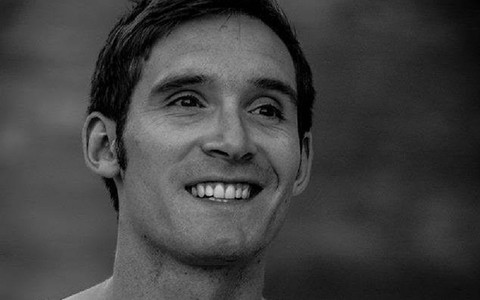
Born in French Canada to an English mother and Northern Irish father, I was introduced to exploration and adventure at a young age. I went to school in the east and then the north west of England and studied in Durham and Marseille. I then spent spent eight years working as an economist in London.
I've been lucky enough to visit over 60 countries across Europe, the Americas, Asia and Africa. In 2018 I decided to take a break from corporate life, trained to be a language teacher and got a job in a town of 40,000 people between Krakow and Katowice. I quickly realised that Poland is often misunderstood and wrongly dimissed as intolerant and monotonous by many foreigners. In my blog I try to dispel myths and provide an objective insight into life here through a foreigner's lens.
To visit Mateusz's (Matthew in Polish) blog go to: https://m.facebook.com/foundinpoland/
Photos: Matthew Richard Carson


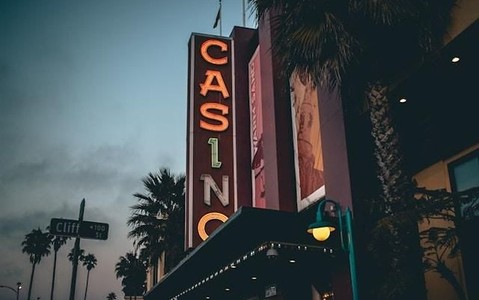

![Prawo aborcyjne w Europie [REPORTAŻ]](https://assets.aws.londynek.net/images/jdnews/2251908/385480-202404120853-m.jpg)
